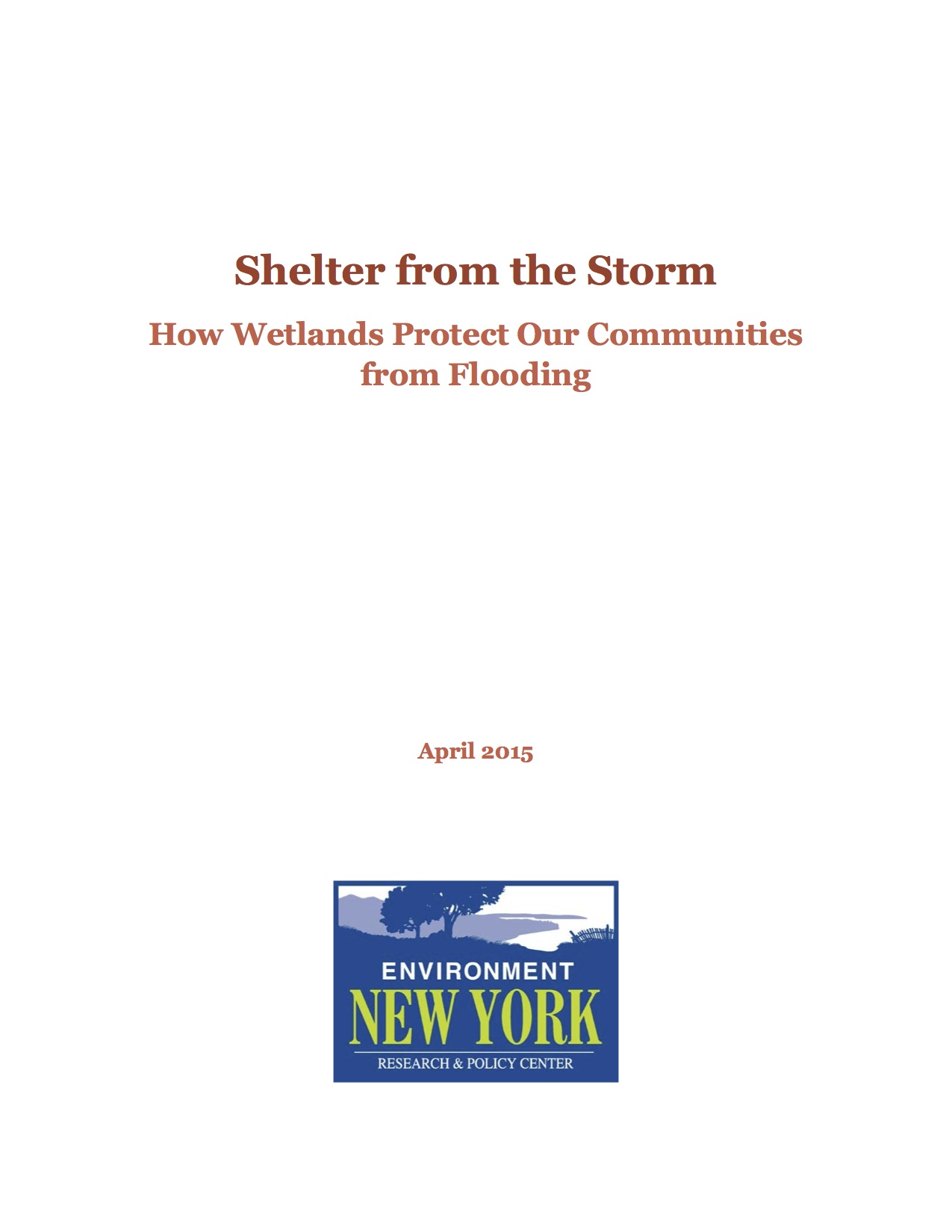Shelter from the Storm
How Wetlands Protect Our Communities from Flooding
In the summer of 1993, residents of the American Midwest experienced the most costly flood in the history of the United States. By the end of that summer, the Mississippi River in St. Louis was 20 feet above flood stage, and levee breaks in Illinois led to the inundation of thousands of acres of land. The flood claimed 48 lives and caused nearly $20 billion in damage.
In the aftermath of the flood, numerous studies were conducted to examine what had gone wrong and what could be done to prevent another flood of this scale. The conclusion: the decades spent building levees and dams to control Mississippi river flooding had actually debilitated our first line of defense against flooding – wetlands.
Scientists now know that wetlands are critical to the global water cycle. They are the kidneys of our national water system, cleaning out sediment and water pollution. They are home to numerous plant and animal species, supporting our nation’s biodiversity. They are also able to store vast amounts of water and are thus an important tool to protect America’s cities and towns from flooding.

Downloads
Environment New York Research and Policy Center
America’s Wetlands: Nature’s Flood Control
In the summer of 1993, residents of the American Midwest experienced the most costly flood in the history of the United States. By the end of that summer, the Mississippi River in St. Louis was 20 feet above flood stage, and levee breaks in Illinois led to the inundation of thousands of acres of land. The flood claimed 48 lives and caused nearly $20 billion in damage.
In the aftermath of the flood, numerous studies were conducted to examine what had gone wrong and what could be done to prevent another flood of this scale. The conclusion: the decades spent building levees and dams to control Mississippi river flooding had actually debilitated our first line of defense against flooding – wetlands.
Scientists now know that wetlands are critical to the global water cycle. They are the kidneys of our national water system, cleaning out sediment and water pollution. They are home to numerous plant and animal species, supporting our nation’s biodiversity. They are also able to store vast amounts of water and are thus an important tool to protect America’s cities and towns from flooding.

